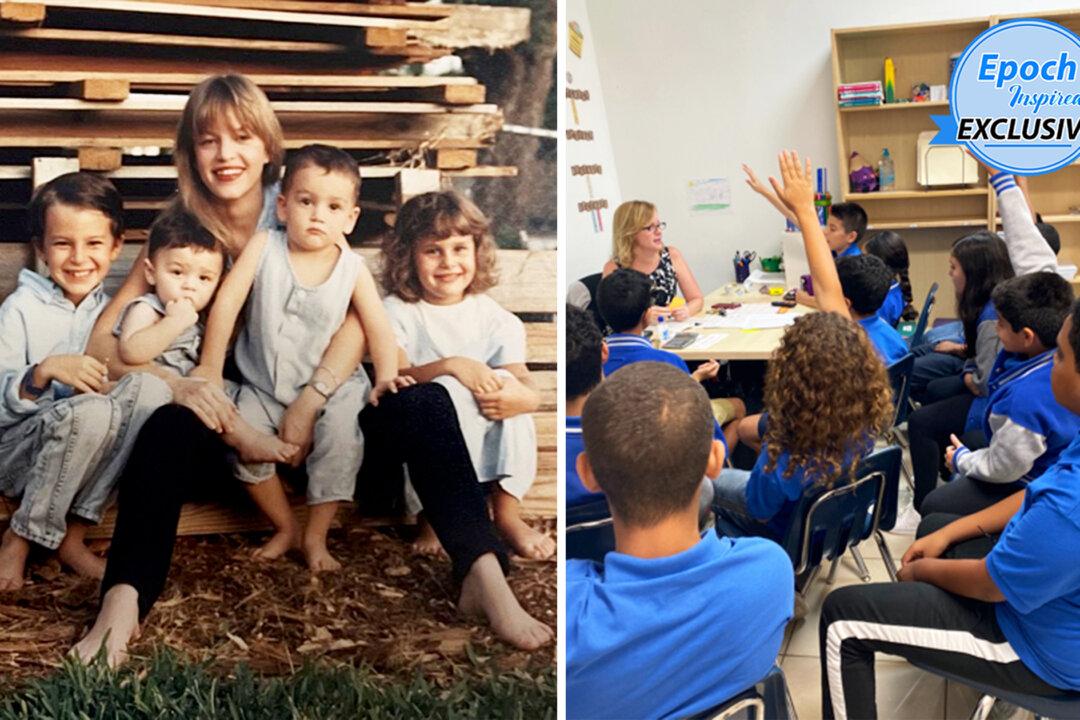A mother whose son was deemed “mentally handicapped” for not thriving under a rigid public school curriculum took matters into her own hands. She decided to homeschool him, and after finding a method that helped her son become his best self, she opened her own school to help others.
Ohio-born Barbara Rivera, 58, has lived in Miami for the past 40 years. She has three sons and one daughter, whom she raised alone: Damon, now 37, Morgan, 35, Adam, 32, and Michael, 31. She unofficially adopted a fifth child, Thor, when a friend received a devastating medical diagnosis and requested Barbara to take her son in.





